Minute Man Fossils
Priscacara serrata-Wyoming
Priscacara serrata-Wyoming
Couldn't load pickup availability
Taxa: Priscacara serrata
Geology: Green River formation
Age: Eocene
Locality: Kemerrer, Wyoming
Priscacara serrata
Priscacara serrata is an extinct species of prehistoric fish belonging to the family Priscacaridae. It lived during the Eocene epoch, around 50 million years ago, and is primarily known from fossilized remains. This species was a predatory fish that likely inhabited freshwater environments, particularly ancient lakes. The fossils of Priscacara serrata are often found in North America, especially in the Green River Formation, which is famous for preserving numerous well-preserved Eocene fish species. The fish had a relatively deep body, large teeth, and a distinctive pattern on its scales, which are notable features in its fossilized remains.
Green River formation
The Green River Formation is a large geologic formation found in the western United States, primarily in Wyoming, Utah, and Colorado. It dates back to the Eocene epoch, around 50 to 40 million years ago, and is renowned for its well-preserved fossils, particularly of fish, plants, and insects. The formation represents an ancient series of lakes that were rich in biodiversity, providing a unique glimpse into life during the early Eocene. It is especially famous for its fossilized fish, including species like Priscacara serrata and Knightia, which are often preserved in remarkable detail. The Green River Formation also holds significant oil shale deposits and is an important site for paleontological research.
Share
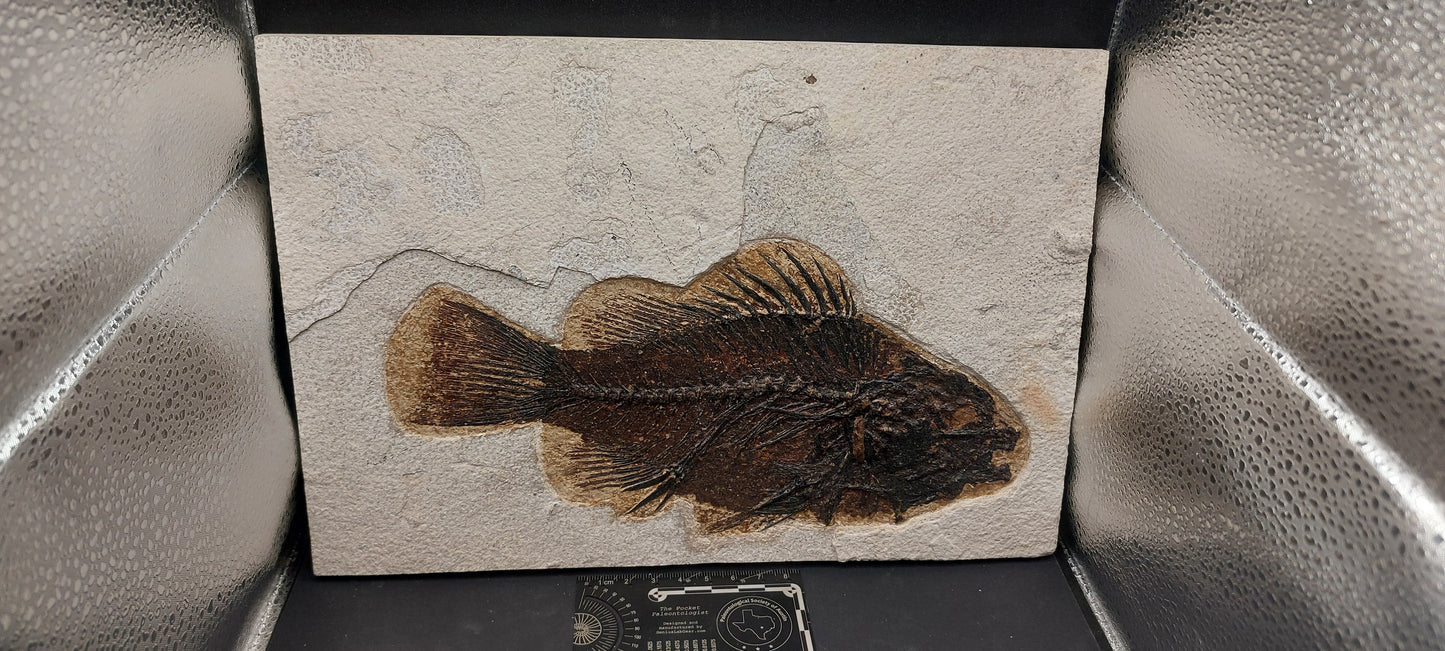
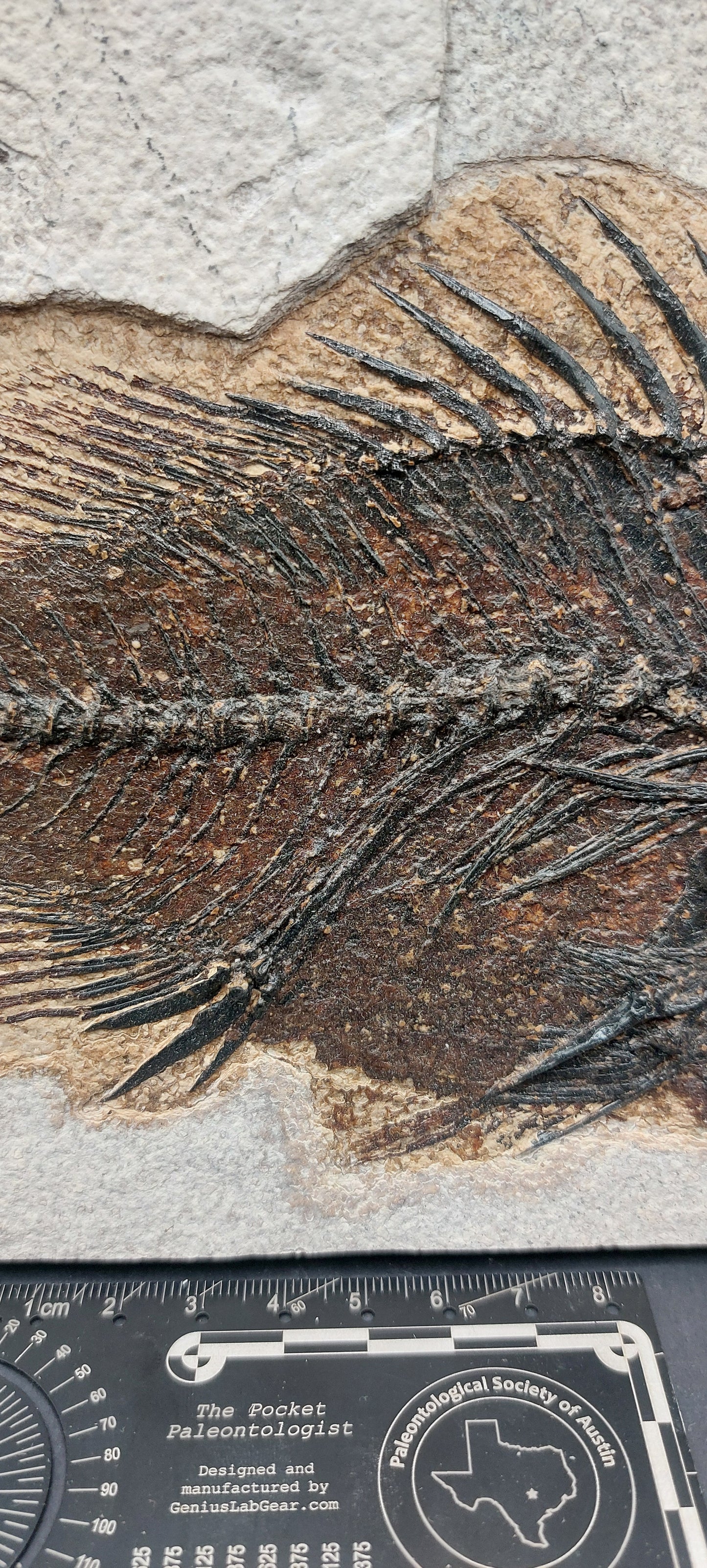
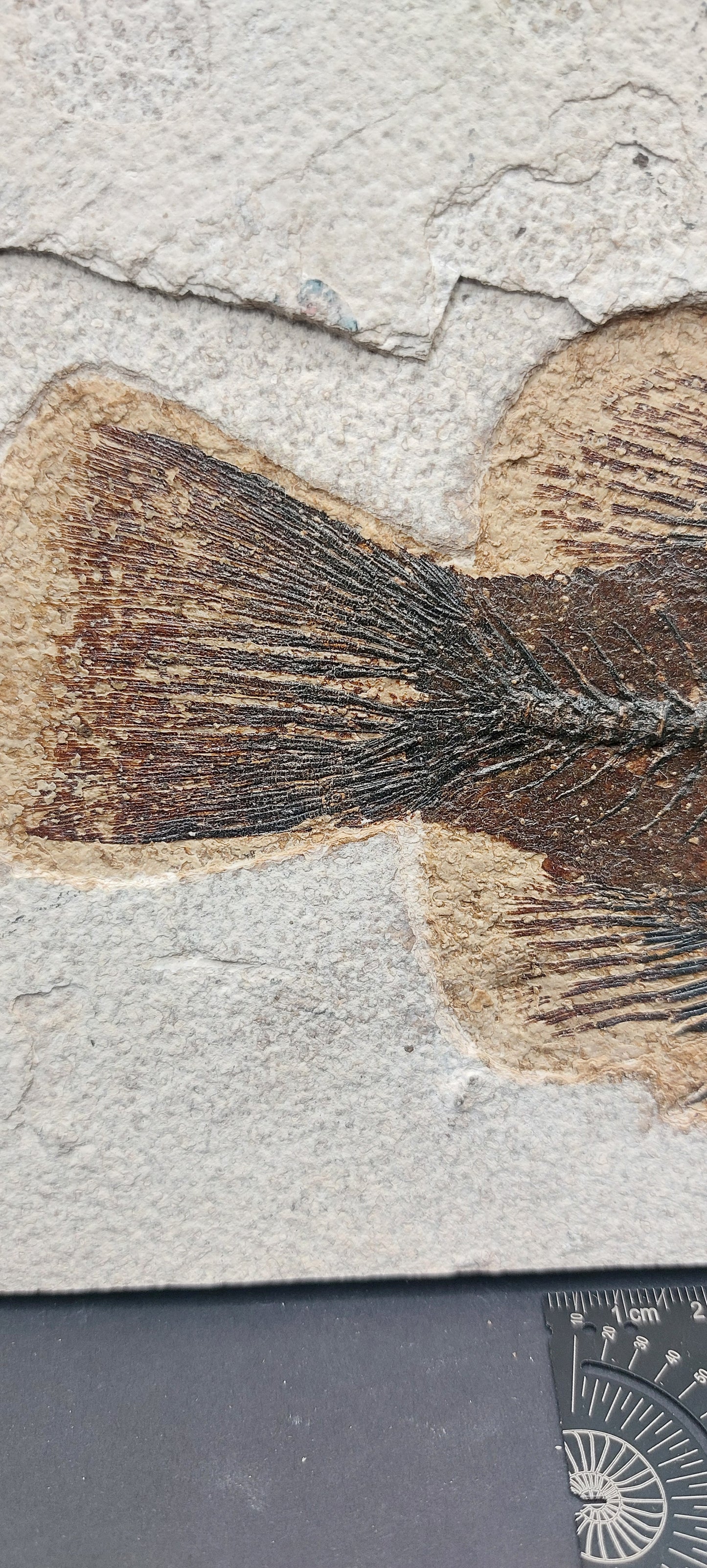
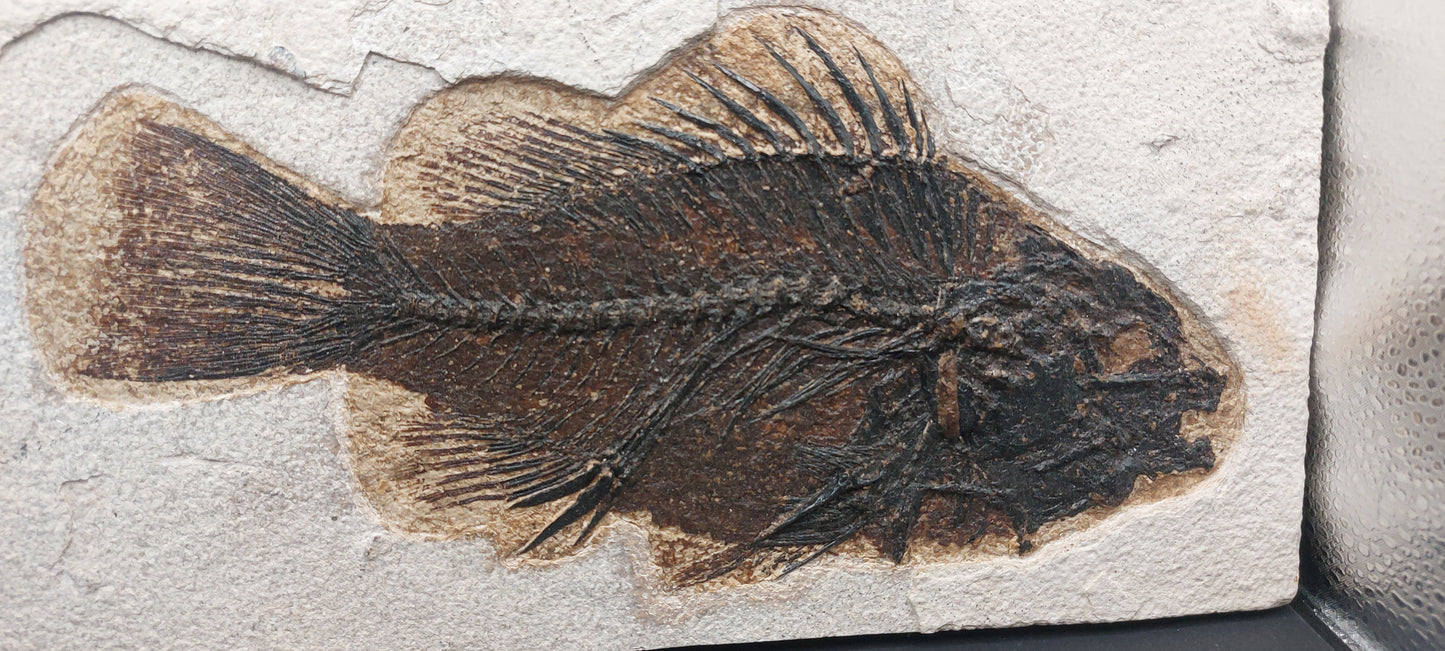
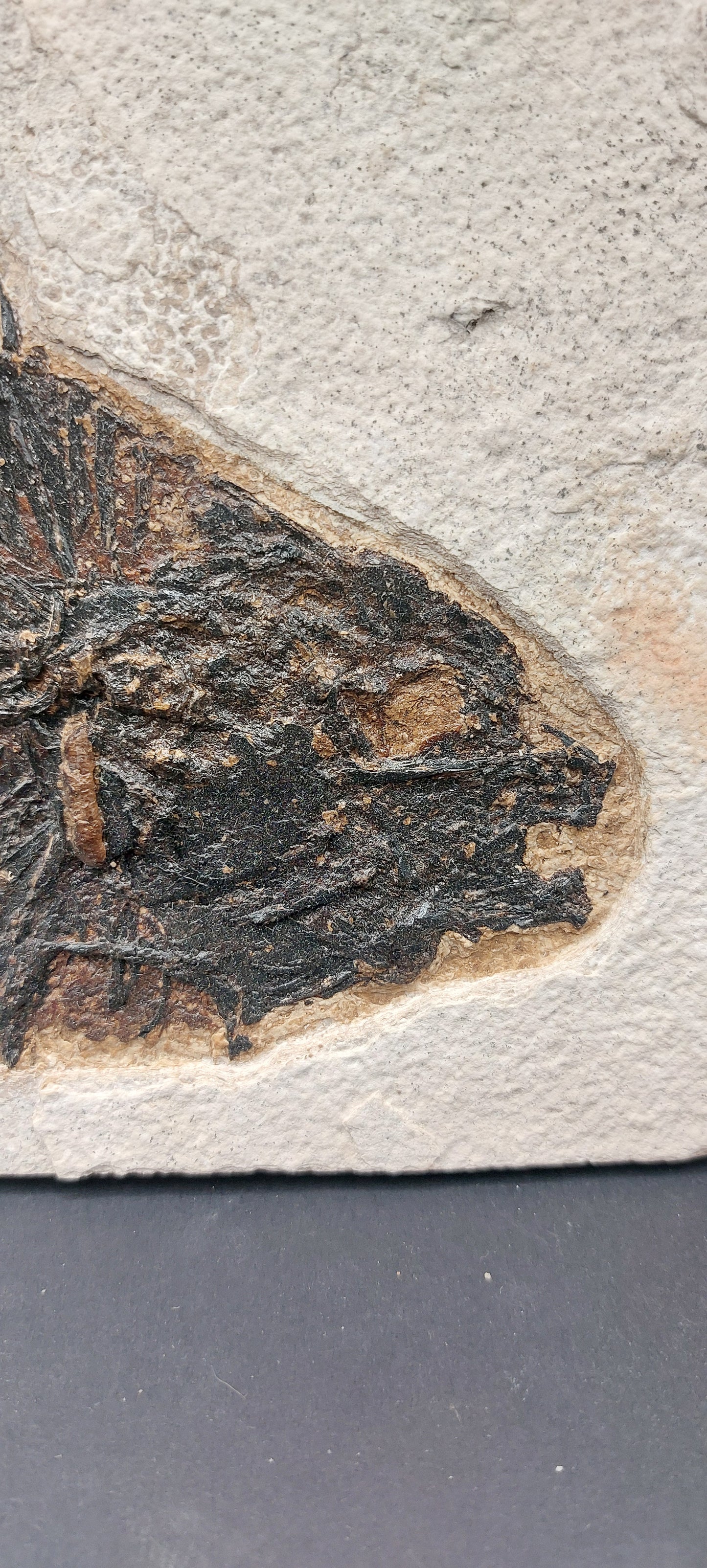
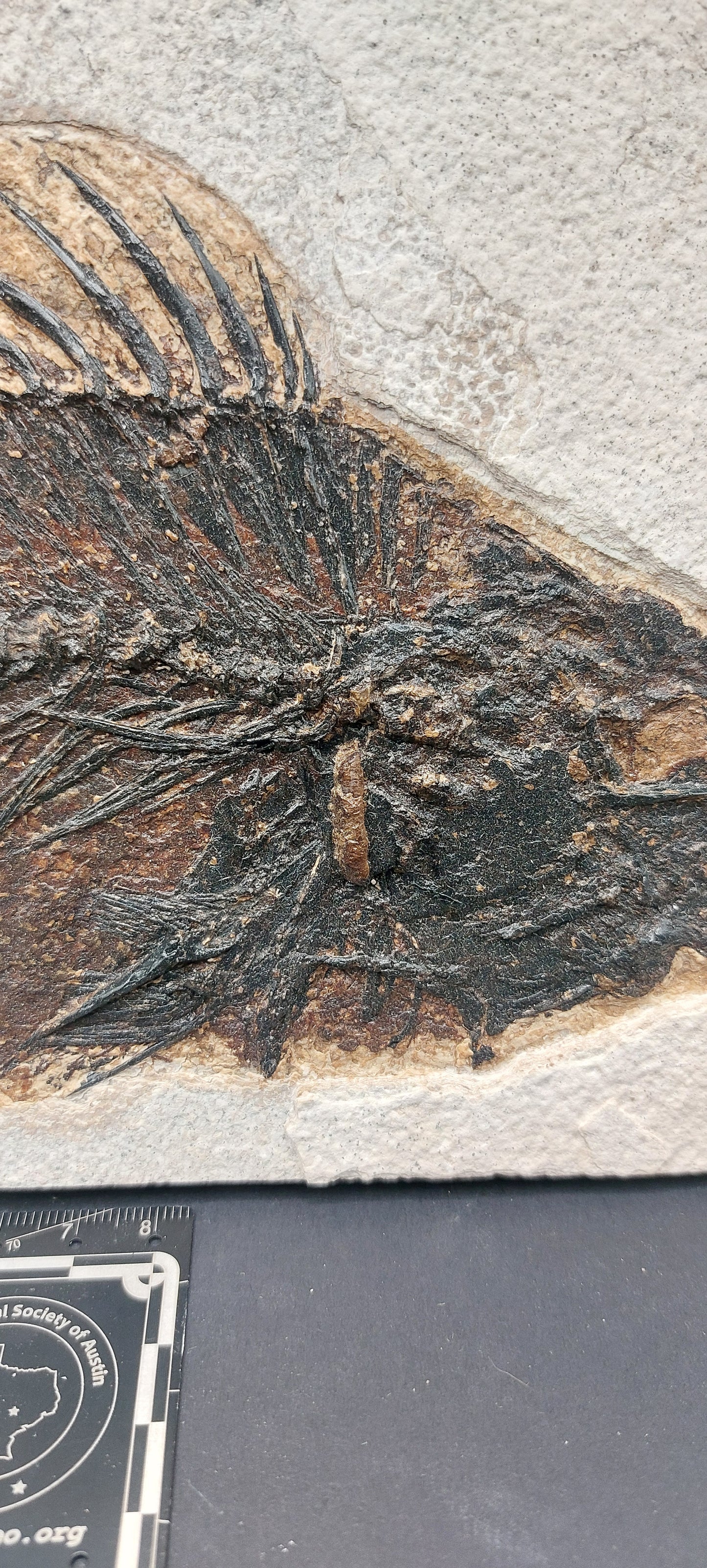
Subscribe to our emails
Be the first to know about new collections and exclusive offers.






